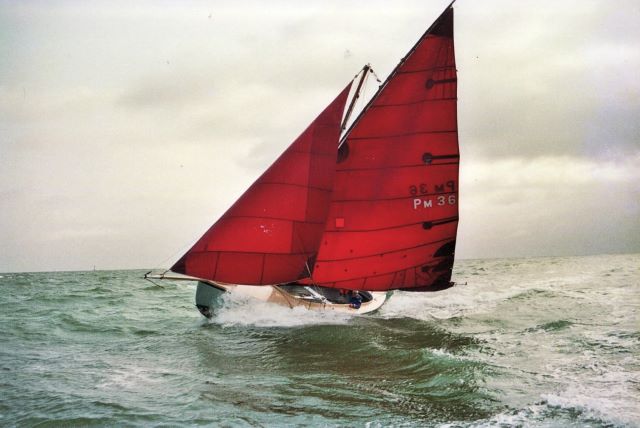
The Volunteer
The mast is up in the yard like a flagpole, signalling that there is a boat in Dugga Beazley’s yard.
It’s the Volunteer receiving its winter maintenance and annual coat of paint – Beazley Blue.
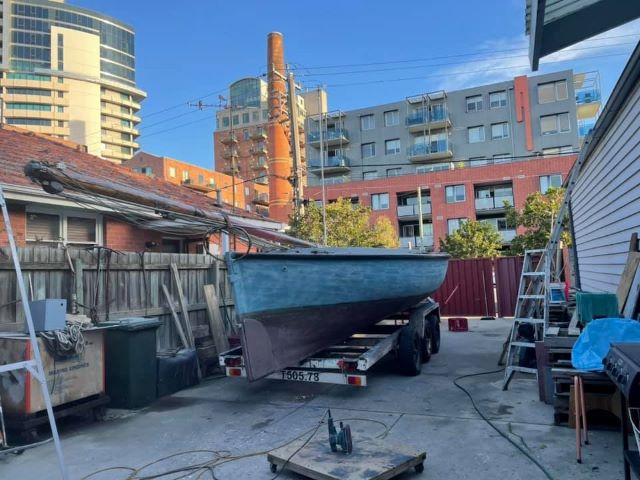
The Volunteer was built by Jesse William Merrington at 121 Liardet Street, where Kyme Place is now, over 1919-20. She’s made with New Zealand kauri and a jarrah keel. The Volunteer is a double ender, made for net fishing in the shallower waters of Port Phillip Bay.
She’s maybe not had as many lives as a cat, but quite a few.
In violent storms in January 1932, the Volunteer was smashed up in the Lagoon. She was brought back to the Beazley’s place in a severely damaged state. Over time, she was rebuilt.
In another wild storm with high winds in February 1951 that beached the Nairana on the beach at Sandridge, the remaining fishing fleet on the Lagoon was destroyed when they were tossed onto the rocks that used to line the foreshore between Town Pier and Lagoon Pier. Only the Volunteer survived.
In 1956, the Volunteer was sold again, and moved out of the family’s orbit. Many years later around 1978, Dugga recognised her in a yard in Footscray even though she was derelict. But he didn’t buy her back then. The asking price was too high. Over the next few years, the boat deteriorated further and Dugga bought her for $100 and started rebuilding her.
The Volunteer is a bit shorter bow to stern now than she once was. So much damage had been done over the years that both ends were removed and reconstructed. It just so happened that Lagoon Pier was being reconstructed at the same time as Dugga was rebuilding the boat and a piece or two made their way into the Volunteer.
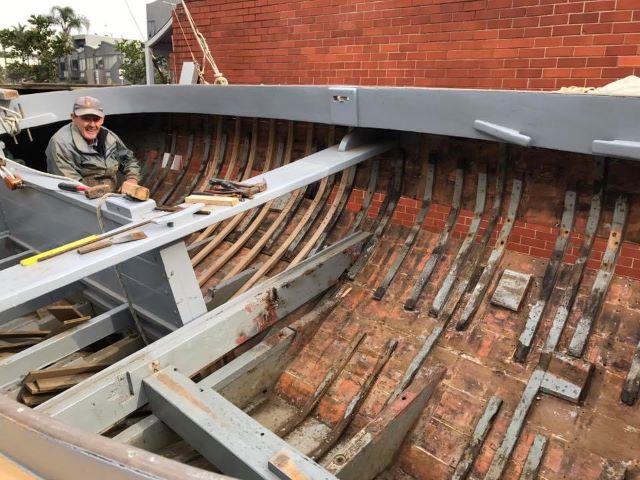
The mast is made of what is popularly known as oregon but it is really Douglas Fir.
The distinctive red of the sail came about in this way. In them days, as Dugga says, when the Volunteer was built, the sails were made of cotton. When they were rolled up, they became mouldy, so they used to boil up tan bark in a copper and boil the sails to prevent the mould growing. Same thing with ropes and nets. It meant the sails were a brown-y colour. In seeking to restore the Volunteer to be as much like she would have been, Dugga chose this distinctive red.
‘She stands out in the crowd’, he says.
Go sailing with Dugga by following this link to Dugga’s Wooden Boat Heaven on facebook.
Thanks for the conversation Dugga, and for the assistance of the Beazley family with photographs to accompany this post.
If you’ve been stuck behind a computer screen for too long, go to Dugga’s Wooden Boat Heaven on facebook. You can almost feel the wind on your face as you watch Dugga sailing on the Bay looking totally at ease on his home, the Bay.
Want more Dugga?
The City of Port Phillip interviewed Dugga Beazley about his life and work. It is organised in chapters, so quite easy to find your way around.


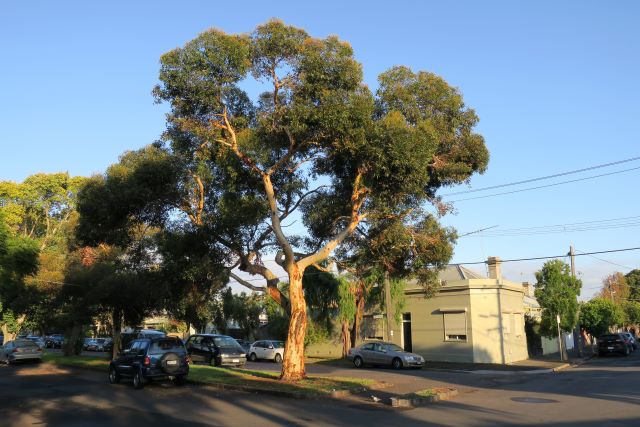
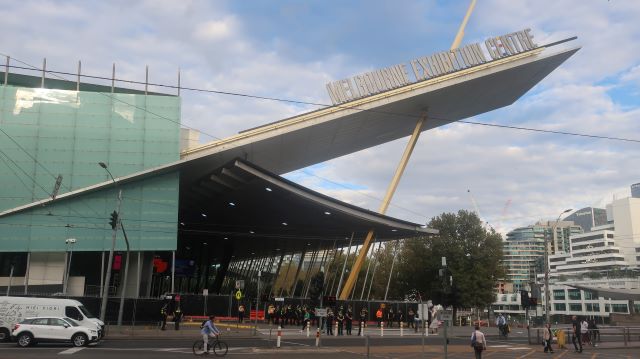
Leave a Reply